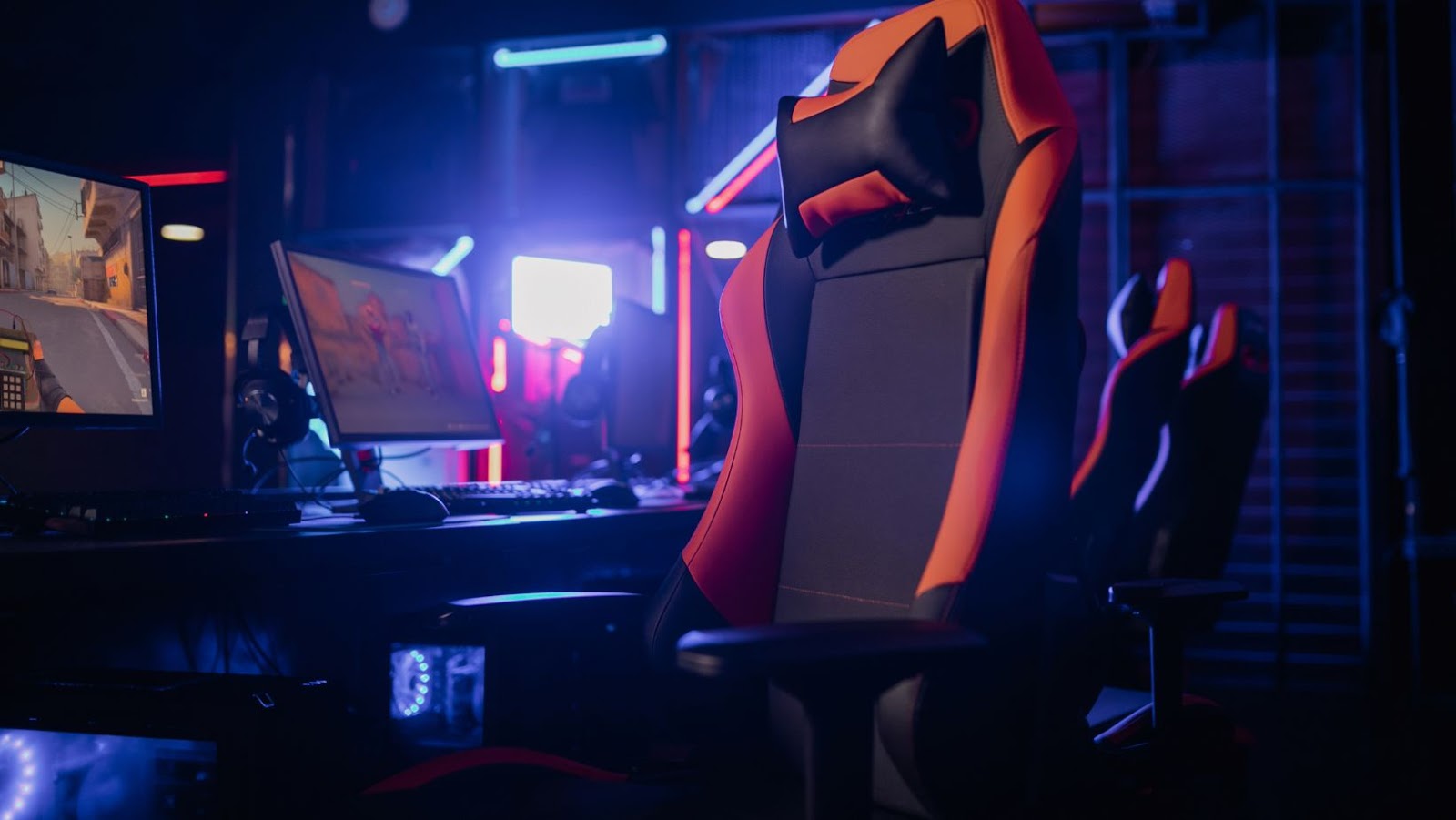 What is PvP in Gaming
What is PvP in Gaming
Player versus Player, denoted as PvP, refers to competitive, multi-user game scenarios where individuals contend against each other. Unlike other gaming formats where players pit their wits against computer-controlled opponents, PvP offers an experience where the adversaries are other live players. For instance, games such as Dota 2, Fortnite, and Call of Duty make use of PvP modes to provide exhilarating competition among the gamers around the world.
What is PvP in Gaming? PvP’s role in modern gaming is vital, given the competitive spirit it fosters. Providing an environment where players can match their skills, strategies, and reflexes against each other, this real-life competition amplifies the unpredictability and thrill of gaming. Besides, it’s also responsible for increasing the lifespan of a game, as player-generated content and experiences are arguably more diverse and varied than pre-programmed AI gameplay. Statistics from Statista show a continuous rise in PvP games’ popularity, with competitive arenas, tournaments, and eSports gaining ground in the global market. Therefore, PvP’s importance in the contemporary gaming world is indisputable, primarily due to its drive for competition, player engagement, and strategic complexity.
 Pvp vs. PvE: What’s the Difference?
Pvp vs. PvE: What’s the Difference?
What is PvP in Gaming? Distinguishing between PvP and PvE is crucial in understanding the gaming landscape. Both have unique aspects, playa styles and attract different cohorts of gamers. Let´s take a closer look at what sets them apart.
PvP and PvE, they stand for Player versus Player and Player versus Environment, respectively. Each offers unique gameplay intrinsic to its concept. PvP involves direct confrontation against other human players, exemplified by games like Fortnite and Call of Duty. This format breeds competition, necessitates strategic thinking, and relies heavily on player skill and reaction speed.
On the contrary, PvE pits players against in-game enemies controlled by Artificial Intelligence in games like World of Warcraft and Diablo 3. It´s governed by predictable patterns, allowing players to strategize and plan their play. PvE promotes cooperation among players, typically requiring teams to unite against common AI-controlled enemies.
Player characteristics in both PvP and PvE can vary significantly. PvP gamers often prioritize quick reflexes, strategic thinking, and competitive instinct. They relish the unpredictability of human opponents, thriving on contests of skill and strategy.
On the flip side, PvE gamers value cooperation, planning, and pattern recognition. They enjoy the challenge of mastering game mechanics, often collaborating with other players to overcome AI-controlled adversaries.
While the thrill of competition draws some to PvP, others find fulfillment in the joint victory of collaborative PvE play. The choice between PvP and PvE, it hinges upon personal preference and playstyle.
 The Evolution of PvP in Gaming
The Evolution of PvP in Gaming
What is PvP in Gaming? PvP gaming’s roots trace back to the late 1970s with early arcade games, setting the stage for competitive multiplayer experiences. Games like Pong, Space Race, and Gun Fight stand as early pioneers, allowing two players to compete directly against each other. In the mid-’80s, with the advent of home computers and local network gaming, multiplayer titles like Maze War and Spasim permitted players to compete in 3D environments. Marking a significant transformation in PvP gaming, these games laid the groundwork for future advancements.
Moving on to the ’90s, the era witnessed technological developments that gave birth to online gaming. Games like Quake and Doom integrated the internet’s power, offering globally connected multiplayer arenas. This evolution was further revolutionized by MMORPGs (Massively Multiplayer Online Role-Playing Games), like Ultima Online and World of Warcraft. They included PvP mode as a central feature, bringing competition to a grand scale where players from around the globe could engage in battles, marking PvP’s expansion to open-world settings.
In the vast history of PvP, certain key moments stand as trails blazed. One such pivotal moment was the release of Dota (Defense of the Ancients) in 2003. As a mod for Warcraft III, it ignited the MOBA (Multiplayer Online Battle Arena) genre, pushing PvP gameplay into a new world of team-based strategy games. Representing a fundamental shift from traditional head-to-head combat gameplay, Dota shifted the focus to team dynamics and strategic depth, setting the stage for other famous titles, like League of Legends and Heroes of the Storm.
The release of Starcraft in 1998, a real-time strategy game, also marks a noteworthy moment. It played an important role in establishing eSports through its competitive PvP mode. Starcraft strengthened the foundation of competitive gaming by introducing leagues, sponsorships, and tournaments, thereby catalyzing the growth of professional PvP gaming to a lucrative industry we recognize today.